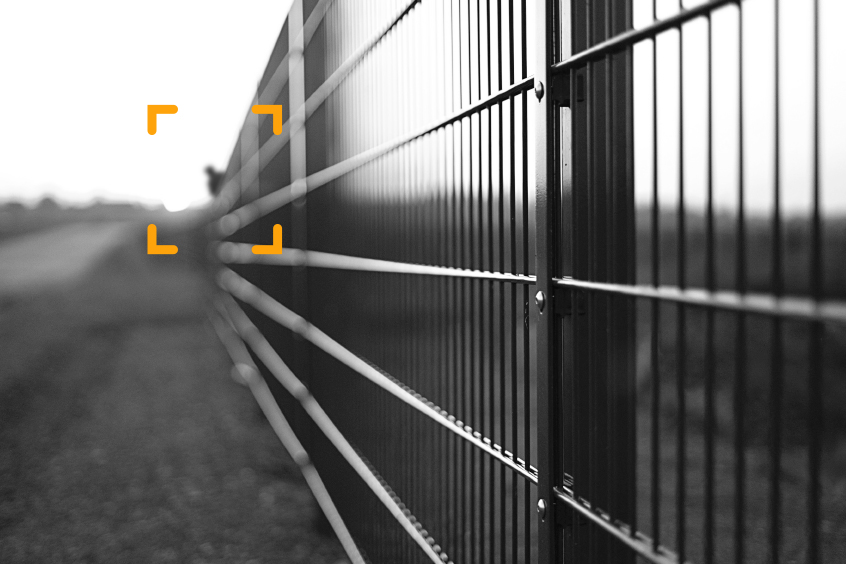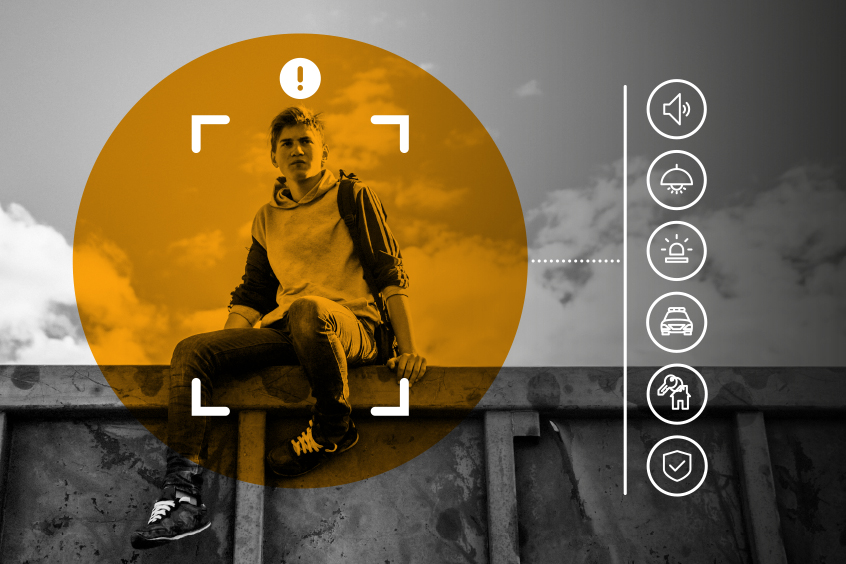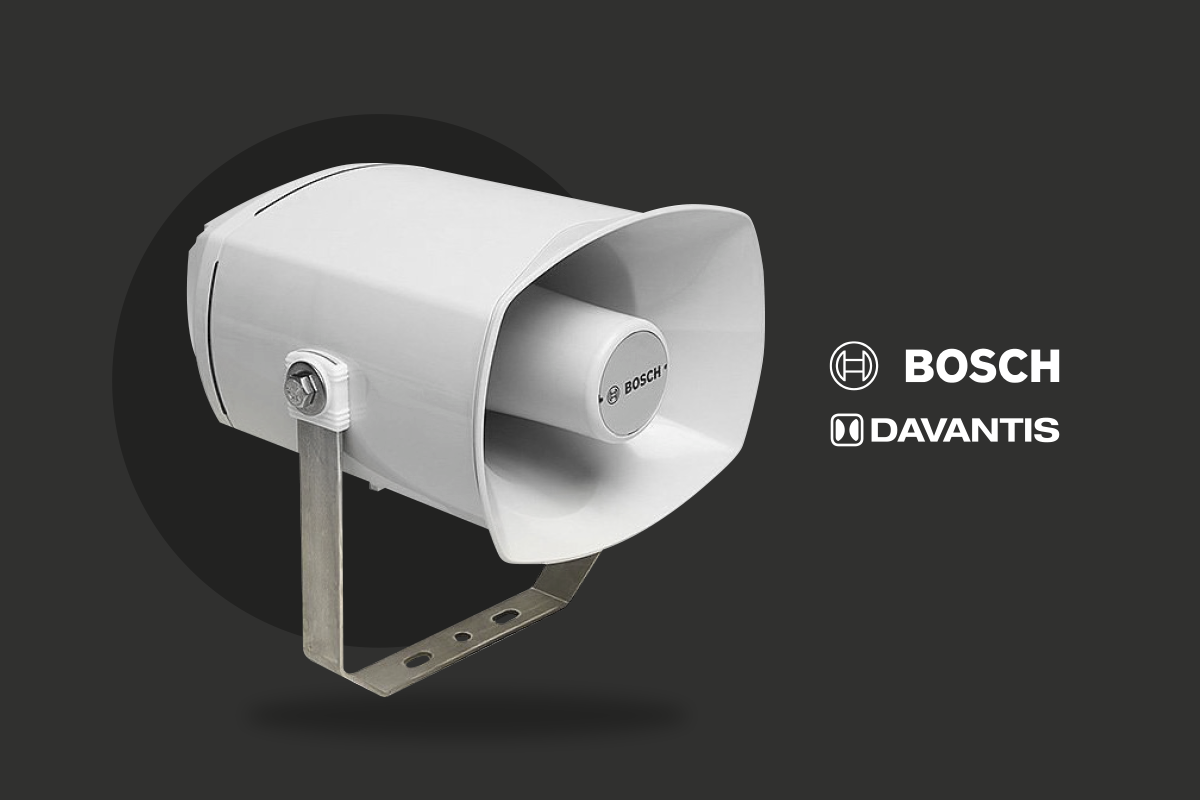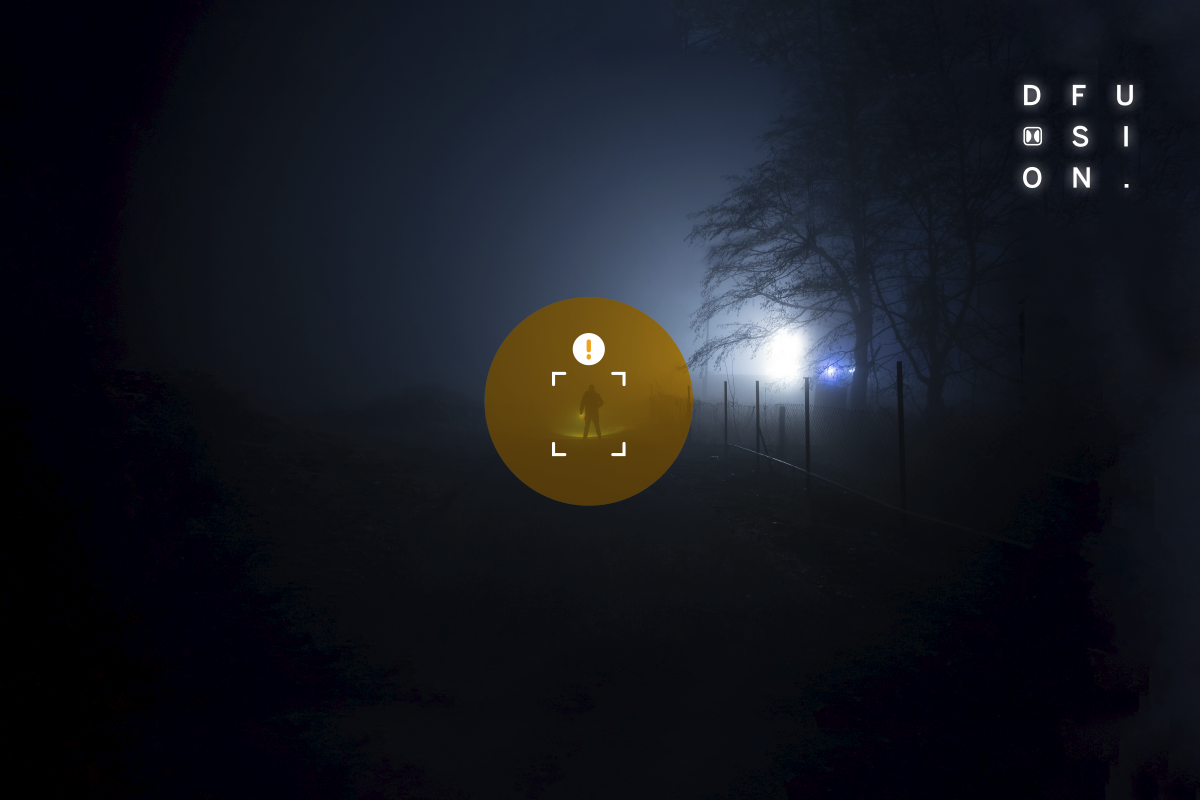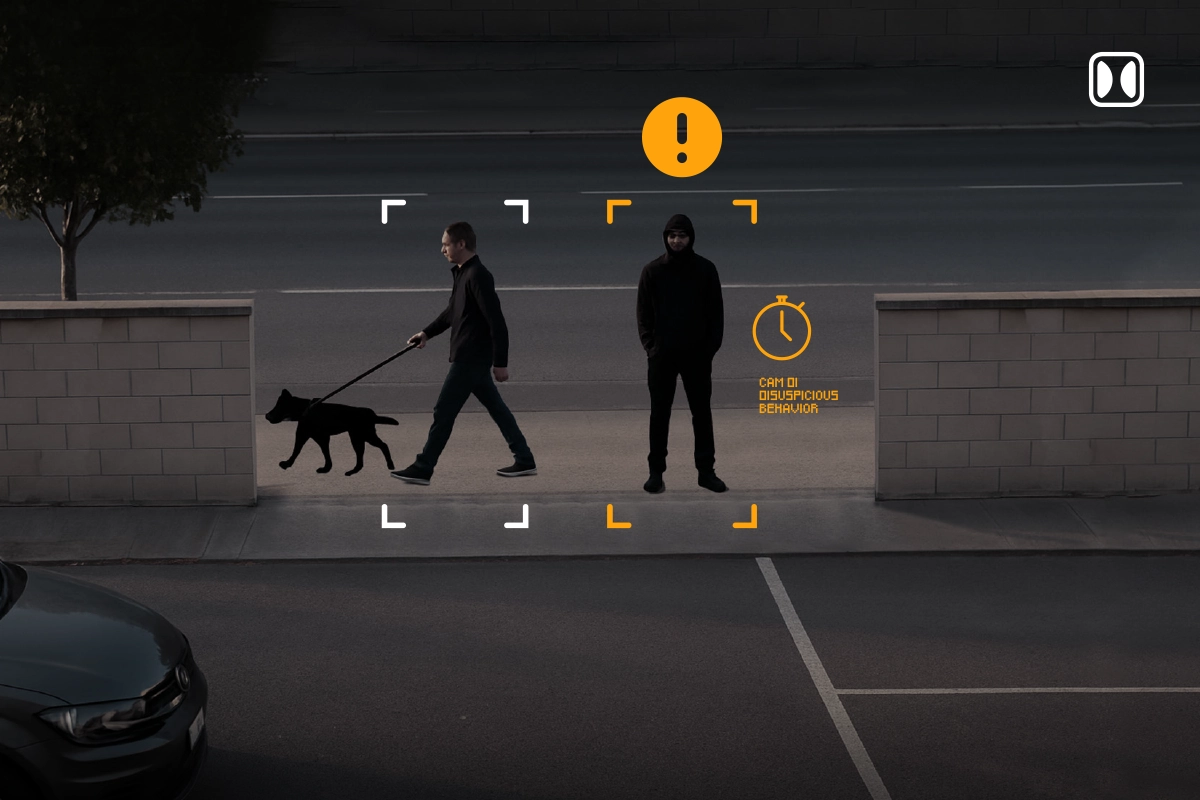When choosing CCTV cameras for perimeter security, consider site suitability, camera configuration, and resolution. Video analytics resolution is key and monitoring large areas for early intruder detection is a challenge. Wide-angle lenses with an extensive field of view are necessary for capturing distant images. What settings yield sharp images over long distances? This article, based on a real case, outlines best practices for perimeter installations.
Security cameras accurately identify people, vehicles, and objects at any distance,. They can do this even in challenging conditions like low light and bad weather. Most visible cameras in the market have a panoramic setting (16/9), in contrast to thermal cameras with a squarer 4/3 format. Visible cameras maintain a 16/9 proportion, providing a broad scene vision with maximum resolutions of:
1920 x 1080 (2 mega-pixels)
2688 x 1520 (4 mega-pixels)
3840 x 2160 (8 mega-pixels)
Prevents intruders from going undetected
When designing a perimeter security system, it is important to consider the camera resolution to calculate the maximum detection distances and prevent intruders from going undetected, which would cause serious security problems. Here’s a practical example of CCTV camera installation and configuration. This is a real case involving one of our clients who contacted our support team to fine-tune its perimeter video analytics system.
In this case, we will focus on a perimeter installation with 4-megapixel visible cameras with 3 to 12-mm varifocal lenses. The client was concerned about a lack of precise images at long distances and contacted our support team. The video analytics system did not seem to be detecting people, objects and vehicles clearly at long distances. We established a remote connection with the installation and immediately realised that the viewing angle of the CCTV camera lenses monitoring the fence was too wide to detect an intruder jumping the fence into the protected area. This field of view was so wide that much of the image consisted of areas that did not require monitoring.
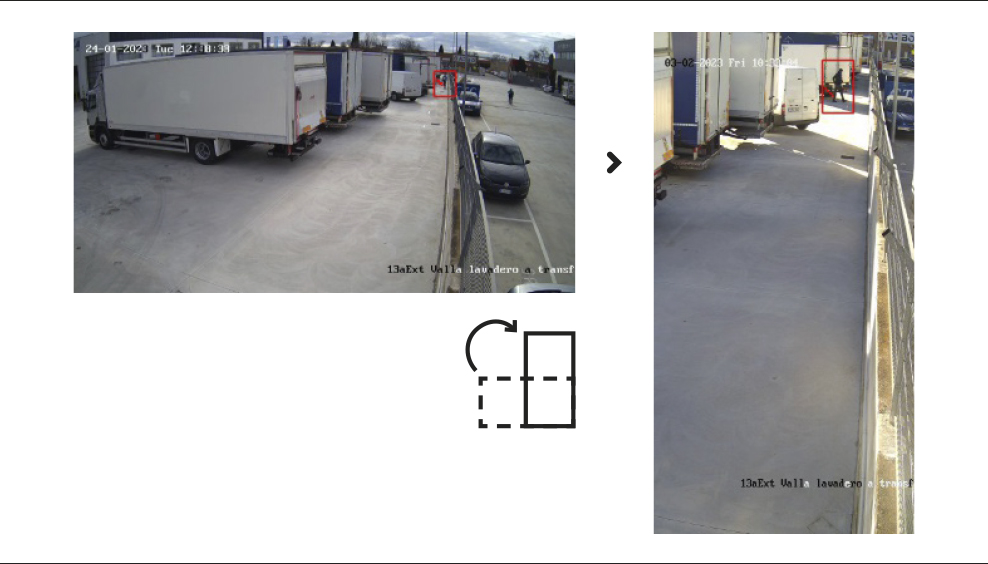
How did we correct this?
After analysing the situation, our support team recommended configuring the cameras in “corridor mode”. This improves detection and enhances vertical definition. To configure the cameras in corridor mode, they must be turned 90 degrees, and the “Rotate 90º” option must be selected on the camera configuration website for a satisfactory image. Once the camera was at 90º, it was possible to switch to a 9/16 vertical format and use the zoom and narrow the angle of the lens from 3 mm to 10 or 12 mm without creating blind zones under the camera. By correcting the camera settings, the area of the perimeter monitored was increased. Also, the images captured were sharper and more efficient for detecting intruders at long distances.
We also recommend this for cameras with Video Content Analytics (VCA). Although, for these cameras, the “rotate 90 degrees” option may be disabled or may not be visible. That is why it is necessary to disable the VCA mode in the camera and set it to surveillance mode.
Our intelligent video analytics systems are capable of conquering any challenge with their advanced features. You will get the most from your system and improve your CCTV cameras’ detection capacity. Our experts are here to help you to improve your perimeter video surveillance systems!
